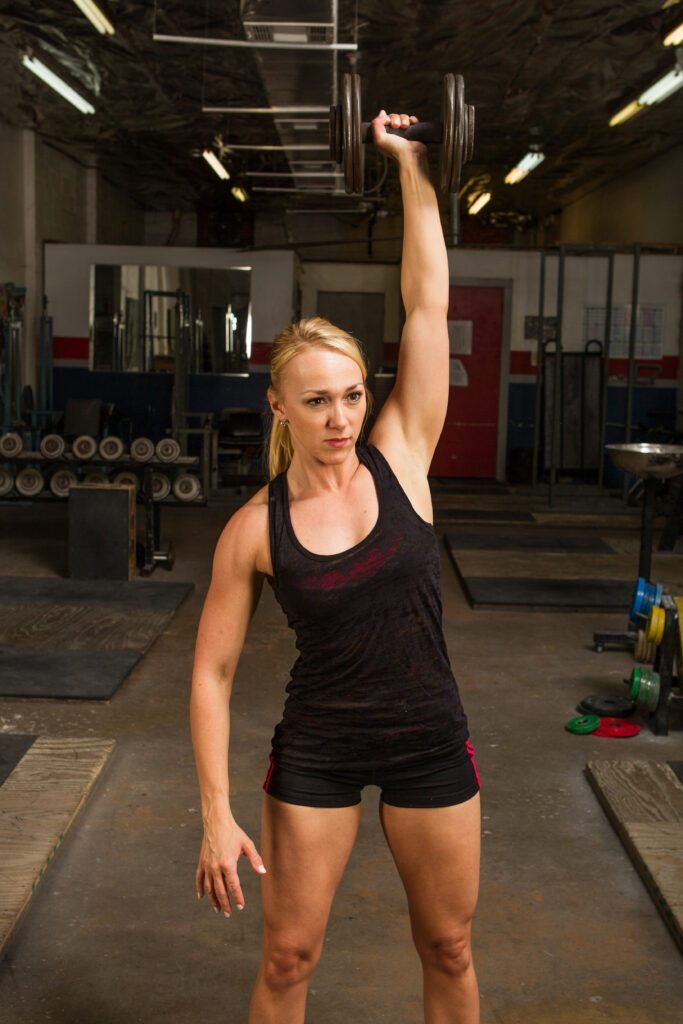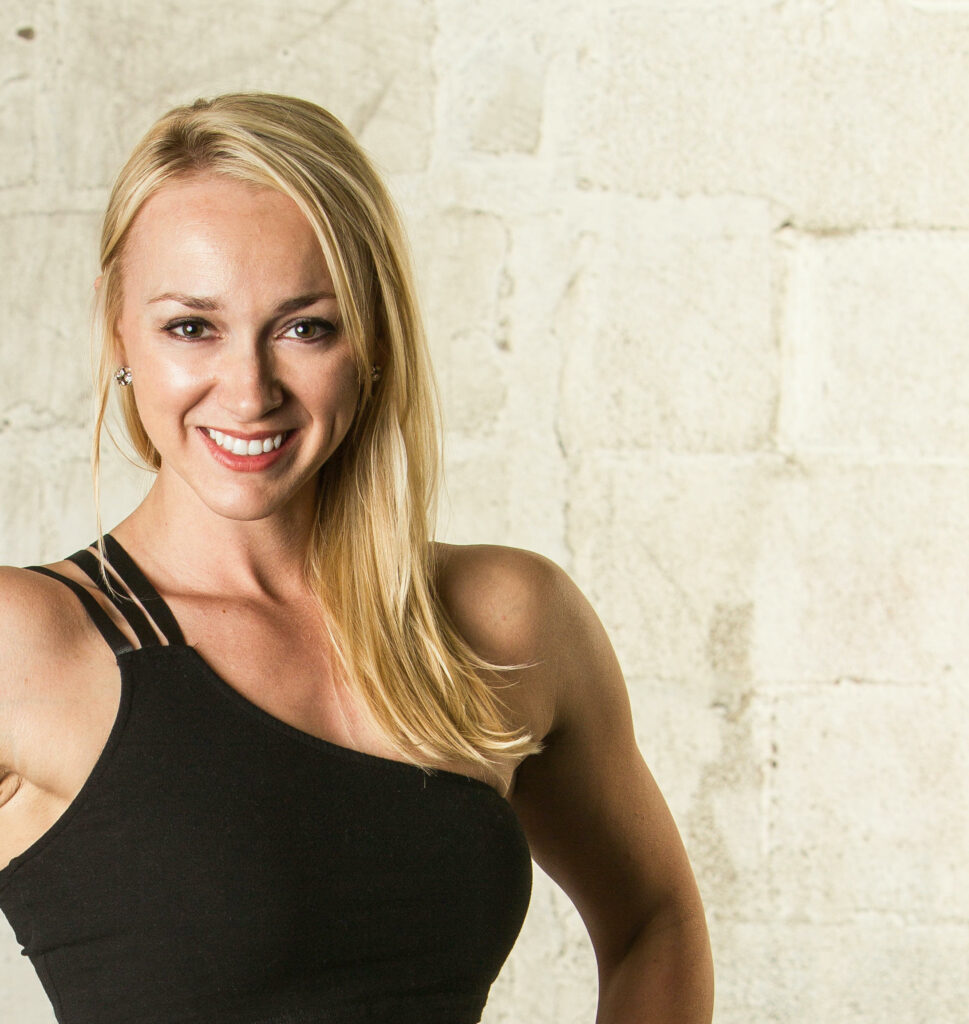What is the best training split to do? There are many options, and luckily, many of them are effective. How do you know which one to choose? Let’s discuss!
What is a Training Split?
A training split is the breakdown of what you exercise on what days. Common gym training splits include:
- Push/pull/legs
- Upper/lower
- Full body
- 4 and 5 day splits
There is no one best split, and you should rotate every 6-12 weeks anyway. Let’s look at these options and discuss when to best use them.

Push/Pull/Squat
Push/pull/squat is a great 3 day split. Your push days will include upper body exercises for chest, shoulders and triceps. Pull will include back exercises (lat pulldowns, rows) biceps curls and rear delts. Finally, squat day is obviously when you work legs. You’ll want to do some quad-focused lifts, some hip dominant or posterior work, and glutes and calves. How you distribute those lifts is up to your depending on your goals. I recommend having at least one quad-dominant and one hip dominant exercise on your squat day.
You can do this split if you’re going to the gym 3 days a week, so obviously one day would be push, one day would be pull and the final day would be squat. If you are going to the gym more than 3 days a week but still enjoy push/pull/squat, you can rotate through. For example, if you train 5 days but are doing this 3 day split, you’ll do push, pull, squat, push, pull, and then begin the next week with squats again.
Upper/Lower Split
An upper/lower body split is fun, conceptually simple, and also flexible. This will allow you to train 2 days, 4 days or even more if you just keep them alternating. Options would be to do upper, lower, rest, repeat. Or, you could do upper, rest, lower, rest, if you’re making it to the gym 3 ish days a week.
You could even do upper, lower, upper, etc, and only rest as you need or as your schedule demands. However, If you’re training 5 days or more, you might benefit from a different program.
Full Body Every Day
If you only have 3 days a week to lift or less, you’ll see the most progress from doing full body training each time. You’ll see a huge training effect for your time, compared to taking a whole training day for say, just arms and abs for example.
This is also great if athleticism is one of your goals, since the whole body stimulation is more like an athletic endeavor. This split allows for heavy, taxing work, because the rest days are generous.
4-5 Day Split
Finally, if you are in the gym 4, 5 or more days a week, you could do a split that is even further broken down. This might look like chest/back/legs/arms or chest/back/hip dominant lower body/arms/anterior or quad focused legs.
I mentioned it briefly above in the push/pull/squat section, but its worth noting again that there are a few ways to categorize lower body lifts:
- anterior or posterior
- hip or quad dominant
- hamstrings & glutes or quads
An easy example of anterior movement would be seated leg extensions for your quads. Hamstrings curls would be posterior. Hip dominant refers a little more to posterior style glute and hamstrings work, such as a Romanian deadlift. An example of quad dominant would be front squats.
Compound lower body lifts like squats, deadlifts and lunges work both quads and hamstrings (anterior and posterior), basically all of the above. There are ways to focus more on one muscle group than the other by putting more emphasis on said group, but there will be involvement from all of your lower body musculature with compound movements.
How Do You Pick a Training Split?
First identify your goals, and how many days a week you would like this program to run. From there, you can choose one of the above programs. Give it a real, honest go for at least 6 weeks.
From there, you can change. Ideally, you will change or adjust every few months anyway, so give it your best. Don’t be afraid you’ll pick the wrong one. Train hard, and it will work well for you!
Related: how much exercise do you need to do?
Let me know how it goes! I love love love hearing feedback! It helps me learn, and helps me pass on better knowledge too.

About the author
Kathryn Alexander is a strength coach and personal trainer in Austin, Texas. She loves hiking, college football, and the feel of a perfectly knurled barbell. Read more about Kathryn here.
